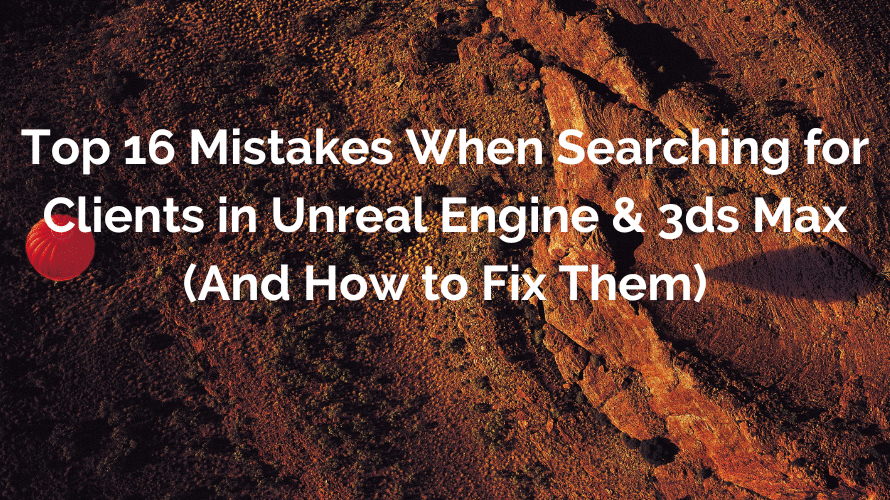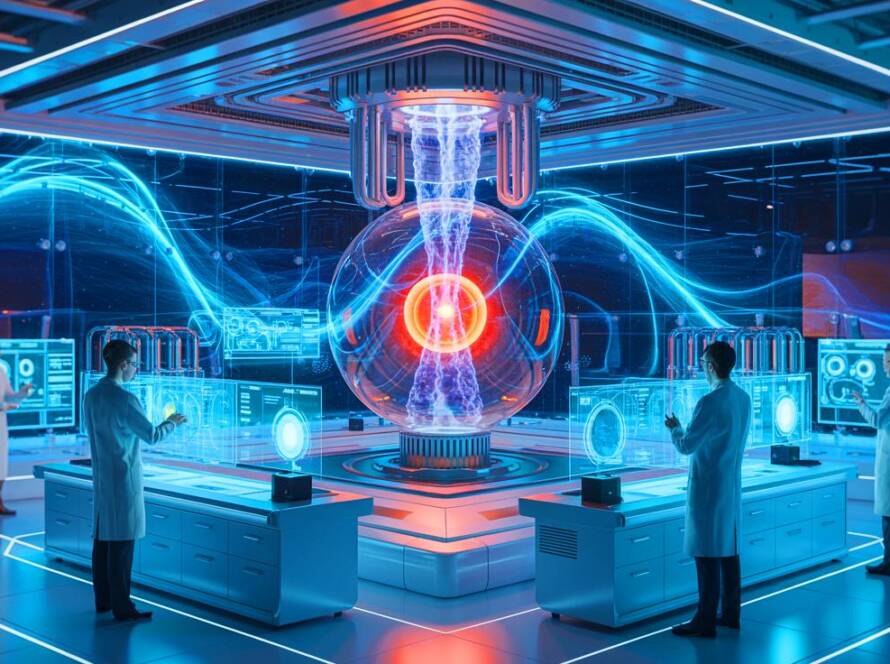Why UE5.6 is a Game-Changer for Creators in 2025
The world of 3D art is evolving faster than ever. With Unreal Engine 5.6, Epic Games isn’t just pushing the boundaries — they’re completely redrawing them.
Whether you’re a seasoned ArchViz expert, an environment designer, or a cinematic artist crafting photoreal worlds, UE 5.6 brings features that redefine how you create, light, render, and animate. In this article, we’ll dive deep into the Top 5 must-know features that every 3D artist should be using right now.
Get ready to level up your workflows, quality, and creative power!
🚀 1. Motion Matching Animation System – Hyper Realism in Movement
What it is:
UE 5.6 introduces a next-gen Motion Matching system that revolutionizes how characters move. Instead of using complex blend trees or manual state machines, Motion Matching selects the best animation frames on-the-fly based on player inputs and trajectory.
Why it matters for 3D artists:
Even if you’re not an animator, this is a massive leap for cinematic, real-time previz, and NPC design.
- Characters now move more fluidly and naturally, without robotic transitions.
- Time saved on rigging and animating repetitive walk/run/jump cycles.
- Combine multiple animations from a library and watch them blend seamlessly.
- Great for ArchViz walkthroughs with dynamic characters or real-time storytelling.
🎯 Bonus: Works directly with the Control Rig and MetaHuman Animator pipeline.
🌞 2. Enhanced Lumen Improvements – Lighting That Thinks Like Nature
What it is:
UE 5.6 pushes Lumen Global Illumination even further — giving you ultra-realistic, dynamic lighting without the complexity of baking or ray tracing setups.
What’s new:
- Better support for translucent and semi-transparent materials.
- Improved reflections, especially in indoor ArchViz scenes.
- Smarter bounce lighting that adapts faster in real-time.
Why 3D artists love it:
- Say goodbye to baking lightmaps — what you see is what you get.
- Perfect for interior renderings, product visualization, and night/day transitions.
- Works beautifully with skylights, HDRIs, and emissive materials.
- Real-time lighting = instant feedback on materials and mood.
💡 Pro Tip: Pair this with UE’s new Path Tracer for final renders.
🏙️ 3. Nanite for Foliage & Spline Meshes – Ultra-Detailed Environments, Now Faster
What it is:
Nanite — Unreal’s virtualized micropolygon system — is now even more powerful. With 5.6, it officially supports foliage, spline meshes, and deformed geometry.
Why this is huge:
- You can now use millions of trees, grass, rocks, and vines with no LODs or normal maps.
- Complex assets like cables, ropes, roads, and procedural railings can use Nanite.
- Spline-based meshes (great for architecture or natural environments) are fully optimized.
How this changes your workflow:
- Import ultra-high poly trees from SpeedTree or Quixel and get zero lag.
- Forget decimating models or baking normals — use film-quality assets directly.
- Ideal for open worlds, forests, rooftop gardens, or urban street scenes.
🌲 Game-changer: Your scene can now look like a VFX movie — and still run in real-time.
🎨 4. Material Editor Overhaul – Smarter, Smoother, More Artistic
What it is:
UE 5.6 refines the Material Editor UI/UX with new tools, cleaner visuals, and powerful functionality for technical and visual artists.
Top enhancements:
- Dynamic Preview Grids: Visualize materials under different lighting instantly.
- Multi-Selection & Grouping: Organize complex graphs like a pro.
- Layered Material Stack: Mix and stack materials like Photoshop layers.
- Custom Nodes now support better logic and math operations.
Why this matters:
- Better UX = faster shader creation.
- Artists can now build modular, reusable material systems.
- Debugging complex materials is now easier than ever.
🎨 For stylized or PBR art, this update makes Unreal’s material system as powerful as Substance.
🧠 5. Procedural Content Generation (PCG) Graph Updates – World Building on Steroids
What it is:
UE 5.6 brings major upgrades to PCG Graphs, allowing artists to generate complex environments, towns, forests, or interiors — procedurally, with full artistic control.
New in 5.6:
- Conditional Spawning Rules: Smarter placement of meshes based on terrain, slope, height.
- Custom Blueprint Integration: Combine PCG with your logic and assets.
- Scatter by Blueprint or Tags: Target only specific areas or surfaces.
For 3D artists:
- Build a procedural city block, forest, or marketplace in minutes.
- Avoid the pain of placing hundreds of objects manually.
- Create variation, randomness, and realism at scale.
🏗️ Whether you do ArchViz, open-world games, or cinematic levels, PCG is your new best friend.
💥 Bonus Mentions: Features You’ll Also Love
- Control Rig improvements – Animate MetaHumans or skeletal meshes without external software.
- Improved FBX Importer – Fewer issues with 3ds Max, Blender, Maya files.
- Better Path Tracer output – Now with more control over samples, denoising, and post-process.
🎯 Final Thoughts: Unreal Engine 5.6 = Real-Time Power Meets Artistic Freedom
Unreal Engine 5.6 isn’t just an update — it’s a toolkit for the future. It brings together powerful technology with intuitive tools that empower artists to do more with less effort, and achieve photorealism at real-time speeds.
Whether you’re crafting cinematic worlds, architectural masterpieces, or immersive games — these five features will supercharge your creativity.
✨ If you haven’t explored UE 5.6 yet, now’s the time. Dive in, experiment, and let your imagination render reality.
🧰 Are You Ready to Master Unreal Engine 5.6?
If you’re serious about leveling up your 3D art or visualization career, bookmark this post, share it with your creative circle, and stay tuned — because Unreal Engine is just getting started.

